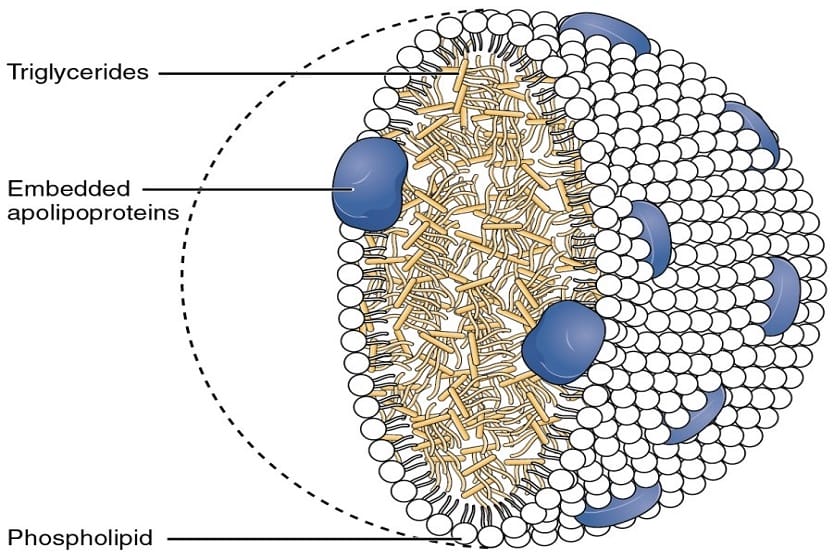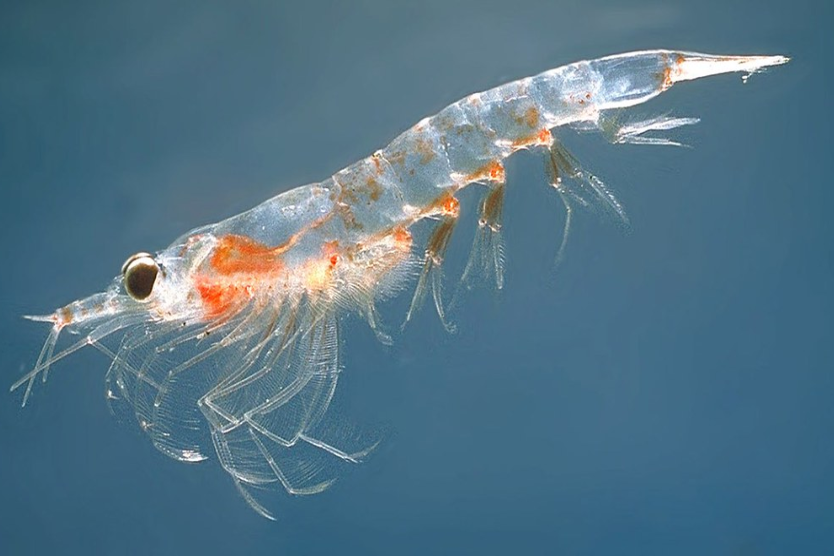- Home /
- Ozempic Diet Plan: A Guide to Weight Loss and Blood Sugar Control

Posted On:April 1st, 2024
Ozempic Diet Plan: A Guide to Weight Loss and Blood Sugar Control
The quest for weight loss and blood sugar control is a pivotal aspect of managing type 2 diabetes and reducing the risk of associated health conditions such as heart disease. The Ozempic diet plan represents a modern approach to achieving these health goals through medication, healthy eating, and lifestyle changes. This article delves into the intricacies of the Ozempic diet plan, offering guidance on navigating the journey toward a healthier life.
What is Ozempic?
Ozempic, scientifically known as semaglutide, is a GLP-1 receptor agonist medication prescribed for treating type 2 diabetes. It mimics the GLP-1 hormone, aiding in regulating blood sugar levels, enhancing insulin production, and reducing appetite, indirectly supporting weight loss.
How does Ozempic work?
Ozempic stimulates the pancreas to produce more insulin when blood sugar levels are high. It also slows down gastric emptying, which helps decrease appetite and calorie intake, facilitating weight loss. This dual action makes it a powerful tool for managing diabetes and obesity.
Here is its detailed mechanism:
Ozempic functions by mimicking the actions of the GLP-1 hormone (glucagon-like peptide-1), which is naturally produced in our intestines. GLP-1 plays a critical role in our body’s regulation of glucose (sugar) levels. After we eat, GLP-1 is released into the bloodstream, where it triggers several actions that help lower blood sugar levels. Here’s a closer look at how Ozempic works within this framework:
- Stimulates Insulin Production: Insulin is a hormone that helps our cells absorb glucose from the blood, which they use for energy or store for future use. Ozempic stimulates the pancreas to produce more insulin when blood sugar levels are high. This increased insulin helps move sugar from the blood into the cells, effectively lowering blood sugar levels.
- Reduces Glucagon Secretion: Glucagon is another hormone produced by the pancreas but works in opposition to insulin. It prompts the liver to release stored glucose into the bloodstream. Ozempic inhibits glucagon secretion, reducing the amount of glucose the liver releases, thereby lowering blood sugar levels.
- Slows Gastric Emptying: Ozempic slows down food movement from the stomach to the small intestine. This slower digestion rate means that sugar is absorbed more gradually into the bloodstream, preventing sudden spikes in blood sugar levels. This effect also contributes to a feeling of fullness, helping to reduce overall calorie intake.
- Reduces Appetite: By mimicking GLP-1, Ozempic activates areas in the brain that regulate appetite. This decreases hunger signals, helping individuals feel fuller for longer periods and reducing their overall food intake, which can contribute to weight loss.
However, while Ozempic can significantly aid in managing these conditions, it’s crucial to remember that it works best when combined with a healthy diet and regular physical activity. Adhering to the dietary and lifestyle changes outlined earlier can maximize the benefits of Ozempic, leading to improved health outcomes.
The Role of Diet in Weight Loss and Blood Sugar Control
A balanced diet is crucial for maintaining optimal health, especially for individuals with type 2 diabetes or those looking to lose weight. It helps regulate blood sugar levels, supports weight management, and reduces the risk of diabetes-related complications.
Key components of a healthy diet
A healthy diet encompasses a variety of nutrients, including carbohydrates for energy, proteins for muscle repair, and fats for nutrient absorption and energy. Balancing these nutrients is essential for blood sugar control and weight management.
Tips For A Successful Ozempic Diet Plan
Here are some essential nutrition tips to help sustain weight loss results while taking Ozempic.
Establish A Regular Eating Schedule
Set a consistent meal schedule and avoid relying on hunger cues. This strategy helps counteract decreased appetite caused by medications, making mindful eating—using all senses to enjoy food—more effective for weight loss.
Prioritize Lean Proteins And Non-Starchy Vegetables
Begin meals with lean proteins and non-starchy vegetables. According to research, high consumption of refined grains, like white bread and white rice, is linked to heart disease and high blood pressure. Instead, opt for whole grains such as quinoa, brown rice, oats, and whole-wheat pasta.
Control Portion Sizes
Eating small portions regularly prevents nausea and further loss of appetite. Avoid letting your stomach empty too often. Managing portion sizes helps control sugar, salt, fat, and calorie intake, aiding weight loss.
Stay Hydrated
Adequate water intake is crucial. Due to reduced appetite, dehydration is common among patients on semaglutide medications. Increased water consumption is associated with weight loss and reduced obesity risk in diabetes patients.
Limit Processed, High-Fat, And Sugary Foods
Reduce added sugars from ultra-processed foods and drinks. Avoid foods like breakfast cereals, ice cream, sugary drinks, and biscuits to manage weight loss and overall health.
Monitor Calorie Intake
Ensure your daily calorie intake matches with your weight loss goals. Women should aim for 1,500 or fewer calories per day, while men should not exceed 2,000 calories to lose one pound per week. Consult a registered dietitian for personalized advice.
Incorporate High-Fiber Foods
High-fiber foods, including fruits, vegetables, whole grains, and legumes, promote satiety and support weight management. Be mindful, as high-fiber foods can cause nausea and heartburn in some Ozempic users.
The Ozempic Diet Plan Framework
Realistic goal-setting is foundational to the success of any diet plan. Goals should be specific, measurable, achievable, relevant, and time-bound (SMART).
Essential nutrients and their sources
- Proteins: Sources include lean meats, fish, krill meat, dairy products, and legumes. Proteins are essential for building and repairing tissues and can also aid in weight loss by promoting fullness.
- Carbohydrates: Focus on complex carbohydrates in whole grains, vegetables, and fruits. These provide a steady source of energy and help regulate blood sugar levels.
- Fats: Choose healthy fats from nuts, seeds, avocados, and olive oil. These fats are vital for heart health and can also support weight management.
Recommended food groups
- Vegetables and fruits: Rich in fiber, vitamins, and minerals, these should form the basis of meals.
- Whole grains: Sources like brown rice and whole wheat bread provide essential fiber and nutrients.
- Lean proteins: Include poultry, fish, beans, and legumes to support muscle health and weight loss.
- Healthy fats: Include sources of healthy fats such as avocados, nuts, and seeds. These fats are crucial for heart health and can keep you satiated.
Foods to Avoid or Limit
- High-sugar and high-carb foods: Limit foods high in refined sugars and carbohydrates, which can lead to blood sugar spikes and hinder weight loss efforts.
- Unhealthy fats: Avoid trans fats and limit saturated fats found in processed foods and red meat, which can increase your risk of heart disease.
- Alcohol and sugary drinks: Reduce intake of alcohol and sugary beverages, which offer empty calories and can disrupt blood sugar control.
Meal Planning and Portion Control
A well-structured meal plan ensures you get a balanced intake of nutrients throughout the day. It should include a variety of foods to meet your dietary needs and preferences.
Understanding portion sizes
Recognizing appropriate portion sizes can help manage calorie intake and promote weight loss. Using measuring tools and visual cues can be helpful strategies.
Tips for managing portion control
- Use smaller plates to make portions appear larger.
- Fill half your plate with vegetables and the rest with protein and whole grains.
- Listen to your hunger cues, and stop eating when you feel full.
Meal Ideas For Your Ozempic Diet Plan
Here are some meal suggestions to help you stay on track with your weight loss journey while taking Ozempic.
Breakfast:
- Eggs with vegetables
- Plain Greek yogurt mixed with fruits and seeds
- Overnight oats or chia pudding with fruits and nuts
- Multi-grain toast with avocado, krill meat, and a poached egg
Lunch:
- Turkey, chicken, or krill meat wrap
- Sandwich with one slice of bread and krill meat
- Salad with added protein
- Chicken quinoa bowl with black beans, shredded cheddar, diced avocado, and lettuce
Dinner:
- Chicken breast with a green salad
- Salmon, tuna, or krill meat with roasted vegetables
- Ground turkey or krill meat lettuce-wrapped tacos
- Reverse-seared filet mignon with roasted asparagus
Snacks:
- Low-fat cottage cheese with fruit
- Small protein shake
- One serving of fruit with one serving of nuts or seeds
- Tuna or krill meat with whole-grain crackers
Incorporating Exercise into Your Lifestyle
Exercise is an essential component of a healthy lifestyle. It can help control weight, improve insulin sensitivity, and reduce the risk of chronic diseases.
Types of exercises recommended
Combining aerobic exercises, strength training, and flexibility workouts is most effective. Walking, swimming, cycling, and yoga can fit into many lifestyles.
Balancing exercise with the Ozempic diet plan
Integrating exercise into your routine should complement your diet plan. Start slowly and gradually increase intensity and duration to fit your health goals and physical capabilities.
Managing Side Effects and Maximizing Benefits
While Ozempic is effective for weight loss and blood sugar control, it may cause side effects such as nausea, vomiting, diarrhea, and a reduced appetite.
Tips to mitigate side effects
- Start with a low dose and gradually increase as your healthcare provider advises.
- Eat smaller, more frequent meals to manage gastrointestinal symptoms.
- Stay hydrated and consult your healthcare provider if side effects persist.
How to ensure the effectiveness of the diet plan
Following the diet plan consistently, regularly monitoring blood sugar levels, and communicating openly with your healthcare provider is key to maximizing the benefits of Ozempic and achieving your health goals.
Conclusion
The Ozempic diet plan offers a comprehensive approach to weight loss and blood sugar control through medication, a balanced diet, and lifestyle changes. By setting realistic goals, understanding the role of diet and exercise, and managing side effects, individuals can embark on a successful journey toward improved health and well-being.
Frequently Asked Questions
Who Should Not Follow The Ozempic Diet?
Before considering the Ozempic diet, consult your doctor, especially if you are expecting, breastfeeding, have a history of pancreatitis, severe gastrointestinal disorders, thyroid cancer, or MEN 2, or are taking medications that may interact with Ozempic.
Can I Eat Eggs On The Ozempic Diet?
Yes, you can eat eggs on the Ozempic diet. Eggs are a great protein source and can be prepared in various ways for breakfast, lunch, or dinner. They can help maintain satiety and manage weight loss goals when intake in moderation as part of a balanced diet.
Related Posts
Shop
Products You May Like
Lorem Ipsum is simply dummy text of the printing and typesetting industry
m Ipsum is simply dummy text of the printing and typesetting industry.









